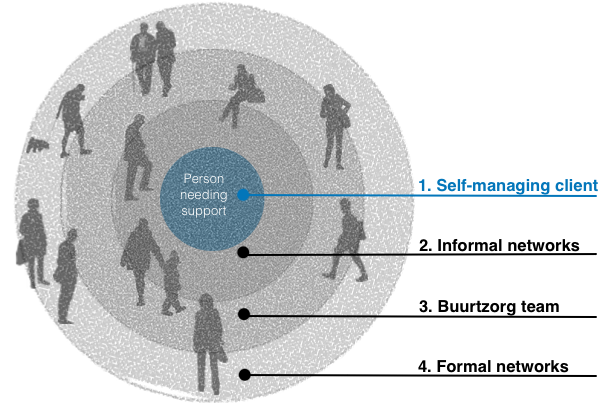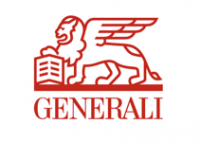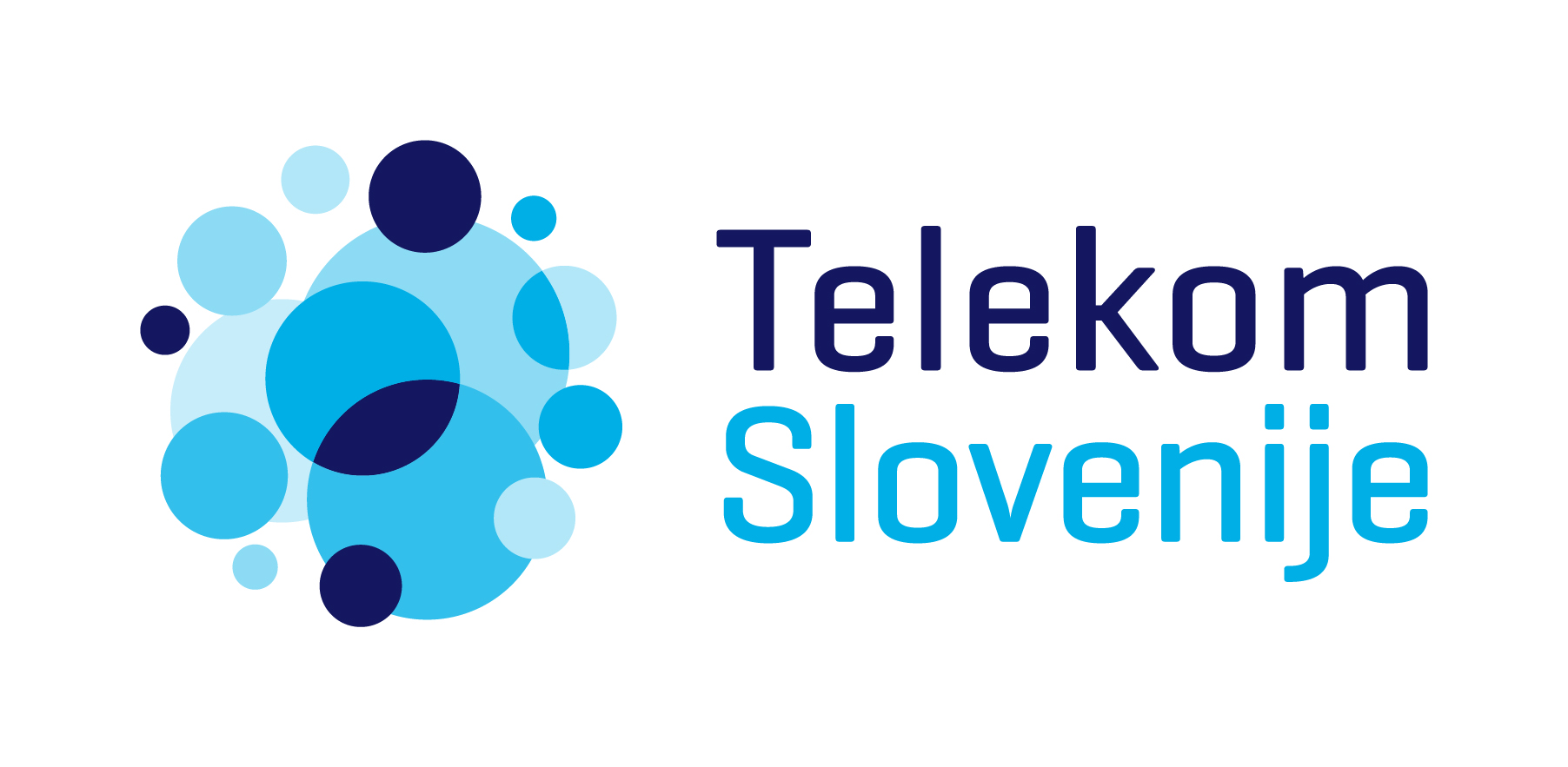Self-managing organisations, as the Corporate Rebels remind us in this article, are nothing new. However, lately the idea is becoming more trendy and attractive to mainstream audiences, in the same way that Agile has now permeated the business world way beyond the IT sector, where it originated.
As always, with hype comes misunderstandings. It hurts my soul a little when I read or hear about examples of organisations who have tried to implement self-management and failed, declaring it a dangerous fad and thereby potentially discouraging other organisations from experimenting themselves.
This is a shame because there are many examples of organisations where self-management has worked wonderfully well. Perhaps most famous is Buurtzorg, the nursing organisation in the Netherlands with 14,000 employees and no managers, whose model has been so successful it’s inspiring similar transformations in the health and social care sector all over the world.
So before we throw the baby out with the bathwater, I’d like to share and dispel three common myths and misconceptions I encounter when talking to people about self-managing organisations.
Self-managing organisations = no structure
Misconception number one is that self-management means blowing up the org chart and letting self-management happen by chance, allowing chaos to reign supreme. In reality, it’s quite the opposite. Successful self-managing organisations have very explicit structures, perhaps even more so than old-guard, top-down organisations.
Some organisations opt for pre-designed structures such as Holacracy (which has a very detailed constitution) or Sociocracy, both of which involve clearly agreed interlinked “circles”, granular roles, and defined decision-making protocols. Other organisations that either adopt self-management or have started that way grow their own structures. In the example of Buurtzorg (and indeed various other organisations that have been inspired by them), there is a concentric circles structure built around an IT system that helps information transparency, and principles for the self-managing teams such as if the team reaches twelve people, a new team must be formed, and teams are all supported by a team coach.

Buurtzorgov model, vir: https://www.buurtzorg.com/about-us/buurtzorgmodel/
In the cases where organisations have transitioned to self-management, most have benefitted from replacing old structures and developing new ones in an incremental fashion rather than scrapping all of the old systems and “stepping into nothing.” Here, Frederic Laloux shares a useful starting point in the form of five core systems that will at some stage need to be reinvented for organisational self-management to succeed:
- Decision-making
- Granular roles (vs “traditional” job descriptions)
- Information transparency
- Performance management (i.e. what does “good” look like and how do you make sure there is regular feedback flow in the system)
- Conflict resolution
Laloux recommends choosing one or two to start with and making incremental adjustments. You can watch the full video here.
In a self-managing organisation, there is no leadership and no hierarchy
At the root of this myth is the misunderstanding that to be a self-managing organisation, everyone must be totally equal. Again, Laloux explains that the aim is not for everyone to be equally powerful, but for everyone to be fully powerful -– whatever that means for that individual. In other words, it’s natural in a group of diverse human beings that there will be different roles and different levels of contribution.
If we aim to make everyone totally equal, it will produce some “dark” or unseen hierarchies and cause frustration in those who wish to contribute valuable expertise or experience but feel held back. It’s also important to understand that hierarchy or leadership are not “bad” things that we must reject. They are a natural part of collaborating in groups of humans and only harmful when they are thrust upon people rather than chosen, and fixed, rather than dynamic.
Instead of aiming for self-managing organisations to be leaderless, it’s much more about aiming for them to be leaderful.
This means that everyone has the opportunity to step into their leadership and leaders are nurtured. So in order to allow for healthy, dynamic hierarchies to emerge, it’s important to have these topics up on the table and talk about them.
As with all elements of self-management, there is no one-size fits all for addressing this tension. Some inspiration points are:
- Dutch banking group ING’s ever-evolving, Agile-inspired organisational structure
- Alanna Irving’s work on growing distributed leadership (which offers a sort of road map for what leadership or role development can look like in an organisation with no pyramid or ladder to climb)
- Canadian recruitment company Fitzii’s Role Advice Process, which supports employees at all levels in constantly designing and redesigning their roles with the input and advice of their peers
Self-management = everyone has to agree on (or decide) everything
Another assumption about self-managing organisations is that it means all decisions have to be made by consensus or unanimity – everyone has to decide on and agree on everything. If this were true, self-managing organisations would never get anything done and meetings would be agonisingly painful and slow. In fact, self-managing organisations become radically more effective at making decisions because they are able to involve and engage people in a much more meaningful way, whilst organising for action. To do this means being very clear and intentional about designing decision-making protocols for different types of decisions.
Here are some examples of how different self-managing organisations make decisions:
- WL Gore’s sixty-year old “Waterline” principle which states that: “Everyone at Gore consults with other knowledgeable Associates [the Gore term for employees] before taking actions that might be “below the waterline,” causing serious damage to the enterprise”
- The Advice Process, used by many “teal” organisations, as published in the book “Reinventing Organisations”
- Consent-based decision-making methods such as those featured in Holacracy, Sociocracy or Percolab’s “Generative Decision Making” process – all of which involve moving forward with a decision (after hearing thoughts and objections) if it’s agreed that it won’t harm the organisation or initiative, or move us backwards
- How small German fintech company Gini has mapped our their decision-making processes as a self-organising company.

The Advice Process, vir: https://blog.gini.net/how-we-make-decentralized-decisions-ccd2de61b8b2
In summary
Self-managing organisations are not a cure-all. Like any organisational model, there are benefits and there are weaknesses. However, far from what self-management critics or sceptics might have us believe, this is not a fad or passing trend, and self-managing organisations are not utopian playgrounds.
The most inspiring case studies show us that organisational self-management is a sophisticated and explicit human system which, when executed well, can liberate untapped knowledge, creativity, and energy in our organisations at a time when we desperately need it.
Self-managing organisations are more agile because authority is pushed down to individuals and teams; they are more responsive because information is shared widely and transparently so everyone is empowered to make fast, effective decisions; they are more resilient because leadership is distributed and everyone takes ownership and responsibility of the business; they are loved by customers because frontline employees are given full autonomy to do what’s right without going up the chain of command; and they are more lean because there’s no need for layers of management to supervise or delegate work.
There is plenty to learn from and admire in these radicals daring to reinvent their organisations, and rest assured: this self-management “trend” is not going anywhere.
Lisa Gill
Lisa Gill is a consultant with Tuff Leadership Training, which trains leaders in the mindset and abilities needed for more self-managing teams, and the founder of Reimaginaire. She also hosts a podcast about self-management and leadership called Leadermorphosis and is an award-winning author. She’s also a key note speaker at 14th Competo event.
You can find Lisa online at www.reimaginaire.com or on Twitter (@disruptandlearn) and her blog Medium.com/@Reimaginaire


